At the Chinatown Gate end of the Rose Kennedy Greenway, develop a proposal for a pop-up Library Pavilion for the Boston Public Library to be installed over the spring and summer months. The pavilion will house a small collection of media and an additional public program derived from first hand observations of the site.
Observing the happenings of the occupants of the area surrounding the Chinatown Gate, I found that two activities were most prominent: playing cards (at Mary Soo Hoo Park) and reading the newspaper. These activities became the basis for the pavilion design, informing creative and practical decisions.
Models show the initial concepts of the pavilion's platform and envelope. The concepts were informed by studies of the Chinatown Gate area - especially in the movement of occupants around Mary Soo Hoo Park, being both players and spectators in the card games as well as those uninvolved.

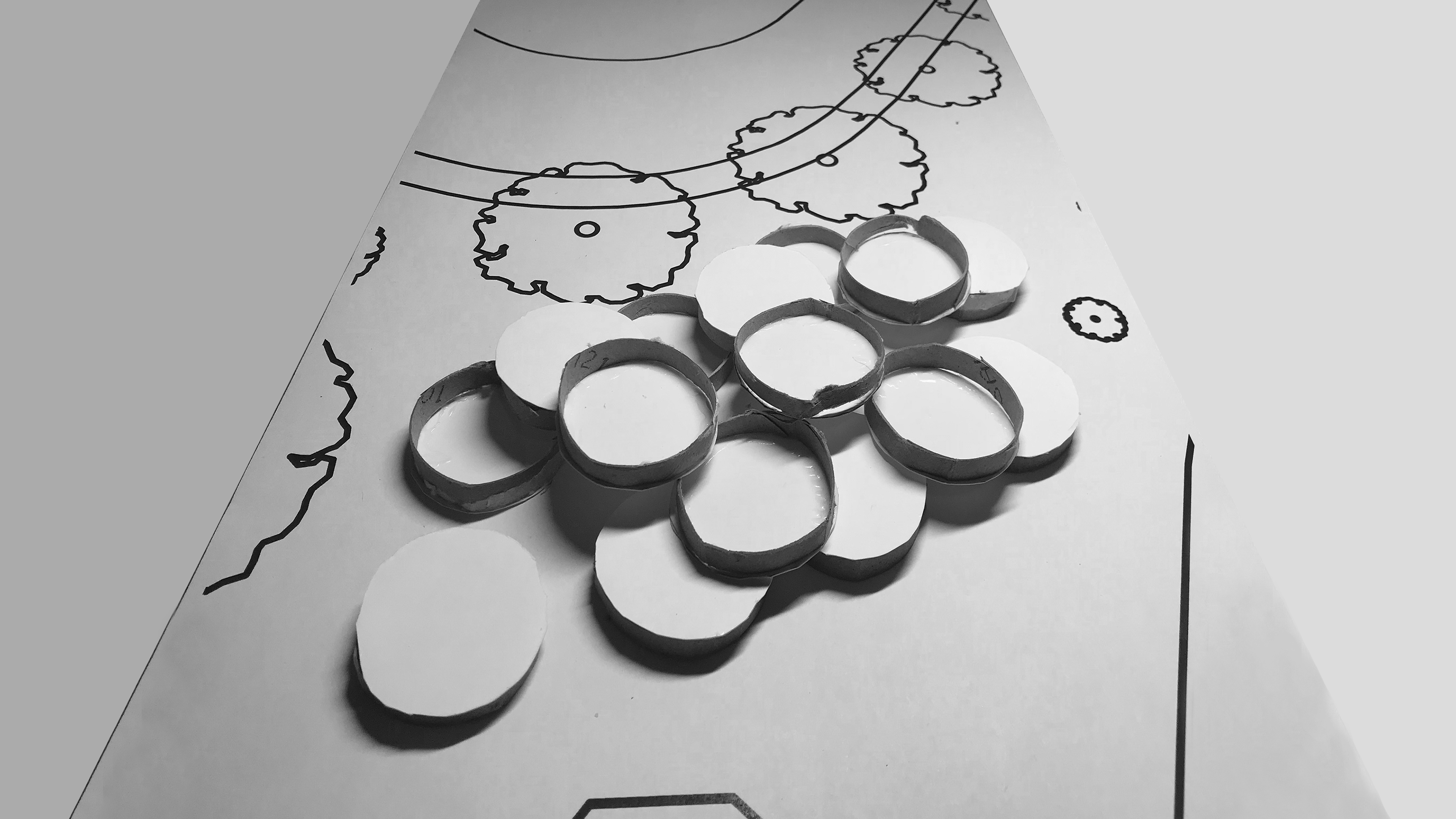



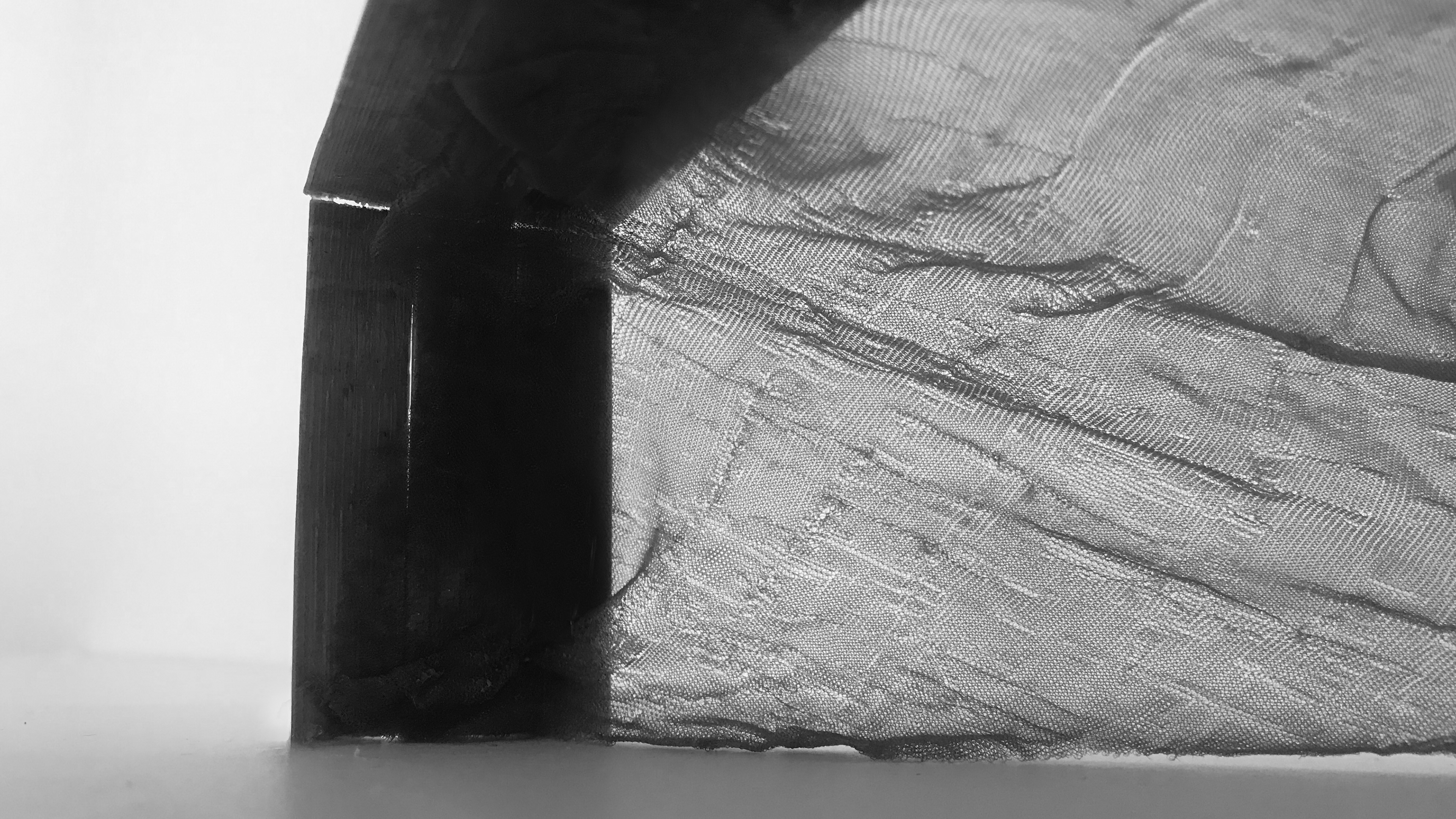
By unevenly extruding circular shapes to form the platform, movement would mimic that of Mary Soo Hoo Park, around tables in a circumscribing motion to watch and play games as well as plainly sitting to read or relax.
The envelope is meant to partially cover the pavilion from the elements while remaining partially transparent to allow light to penetrate for readers and card game players to easily see. Oriented by the cores of the platform, the envelope is wide and looks as if it was stretched across the site so to be inviting for passerby's to walk through.
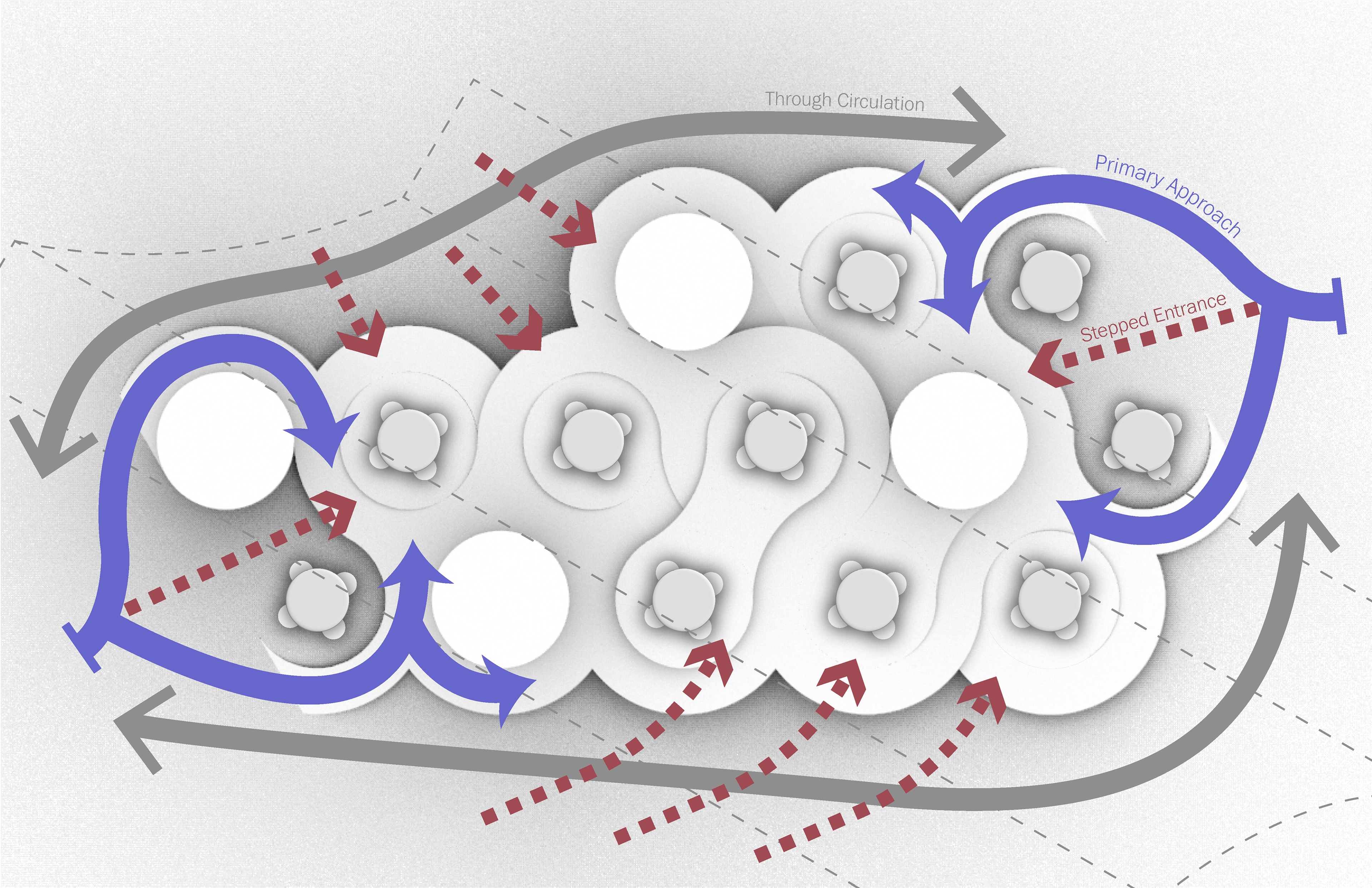

The cores of the pavilion host three primary functions: storage, information, and vending. In the two cores farthest from the Chinatown Gate, BPL newspaper collections will be enclosed and housed in concrete shelves, sorted randomly to give users unique experiences. The information core seats two Boston Public Library front desk workers, who are responsible for checking out materials, monitoring the site, and fielding questions. The vending core consists of four newspaper vending machines, each stocked with a variety of current articles.
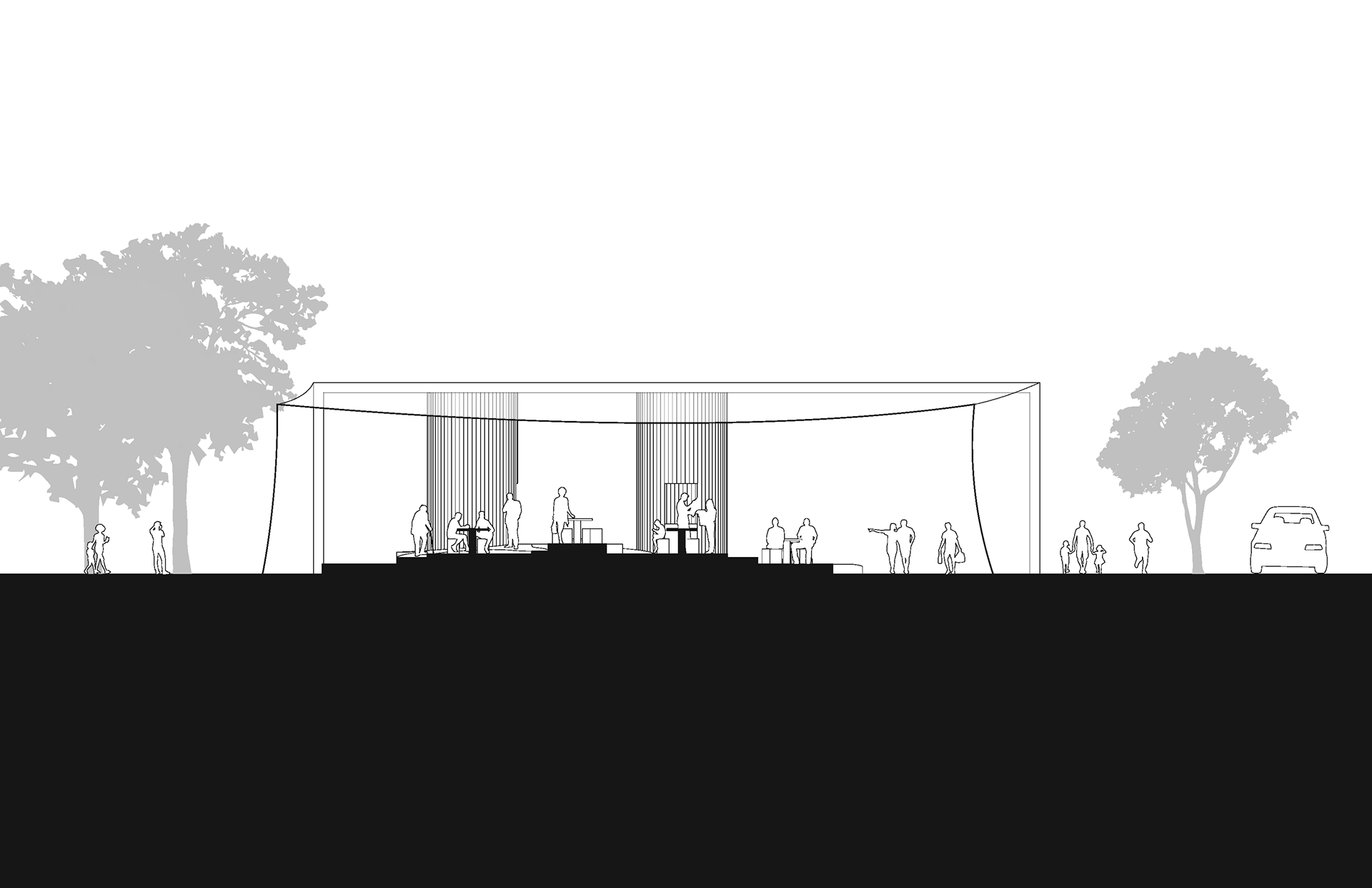

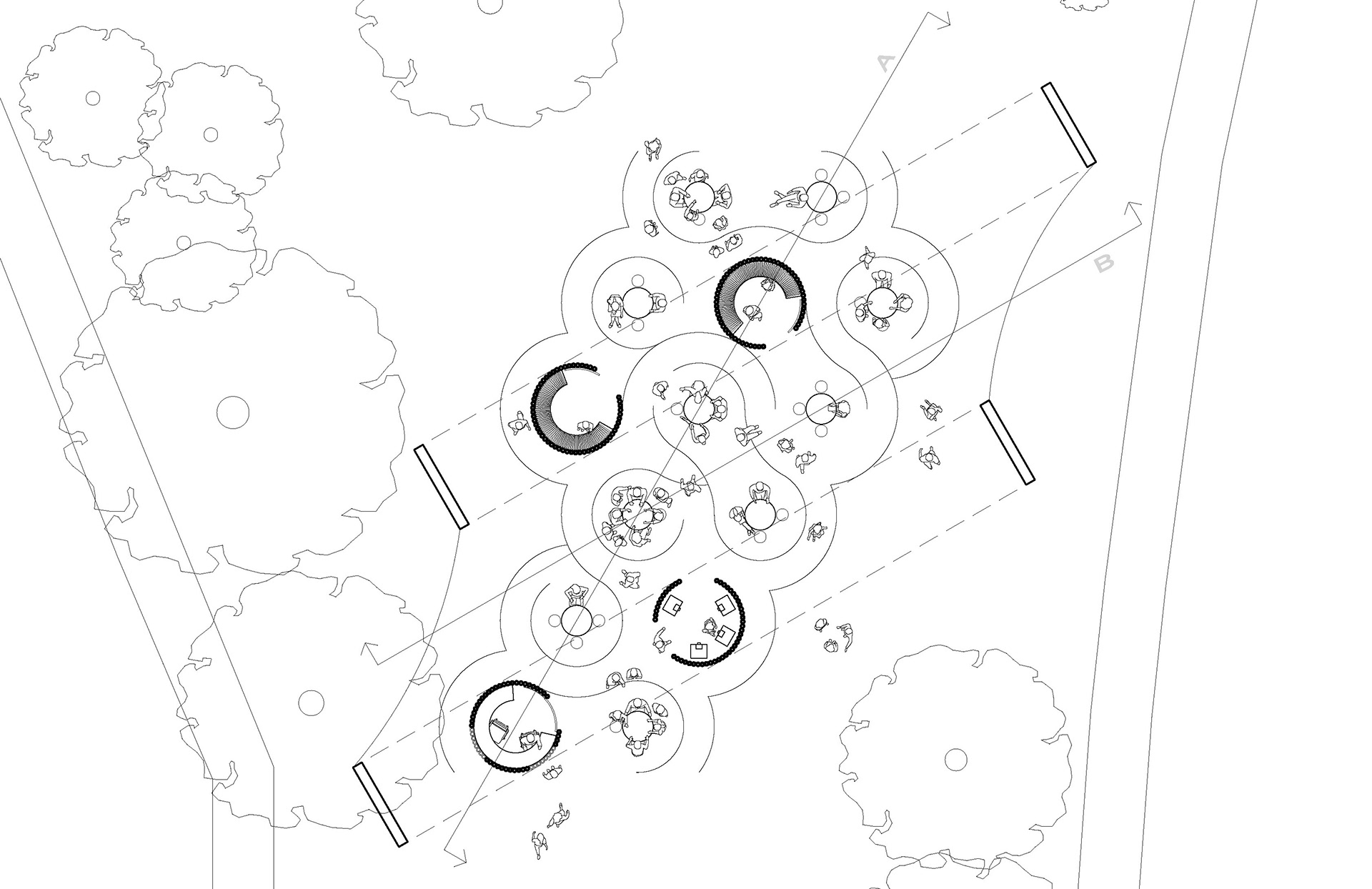
In the Chinatown Park, a tranquil water feature runs alongside the pathway, which is landscaped with bamboo to promote its use as a sustainable building material. As such, the pavilion's cores are made of thick bamboo stalks, while the envelope is made of laminated bamboo lumber. By using bamboo, the pavilion acts as a real-world example of the benefits discussed in the nearby interpretive signage.
Height difference in the platform fosters a unique spectating experience. Ramps allow for wheelchair accessibility, which is important due to the high percentage of elderly occupants.

